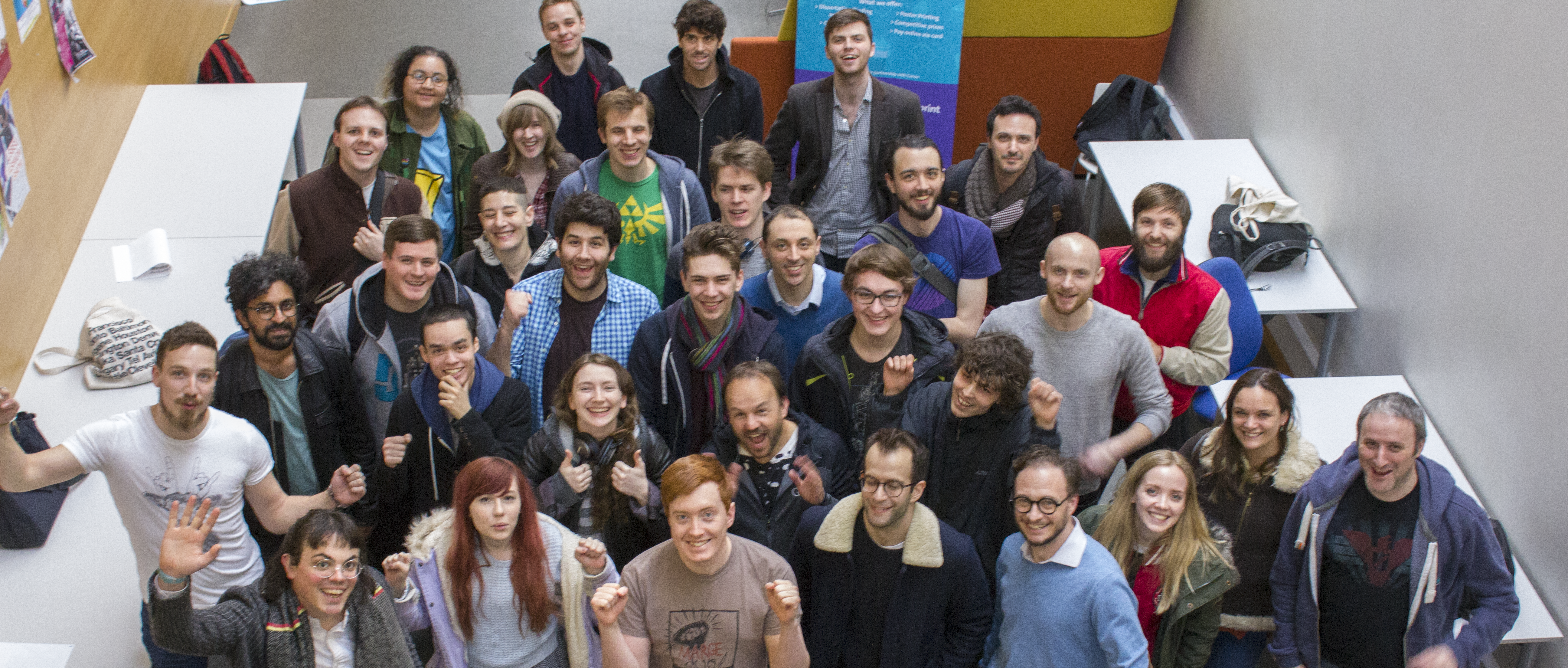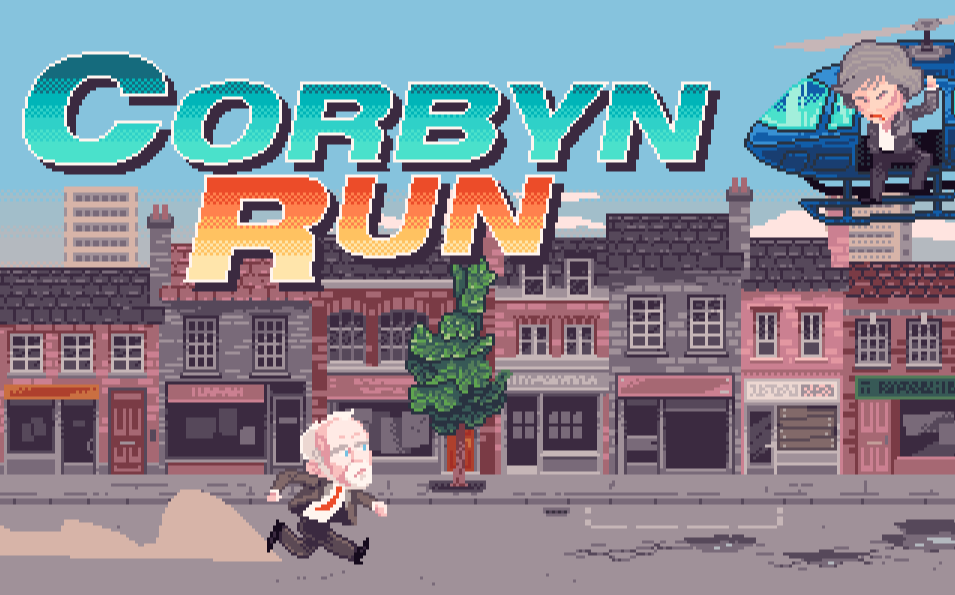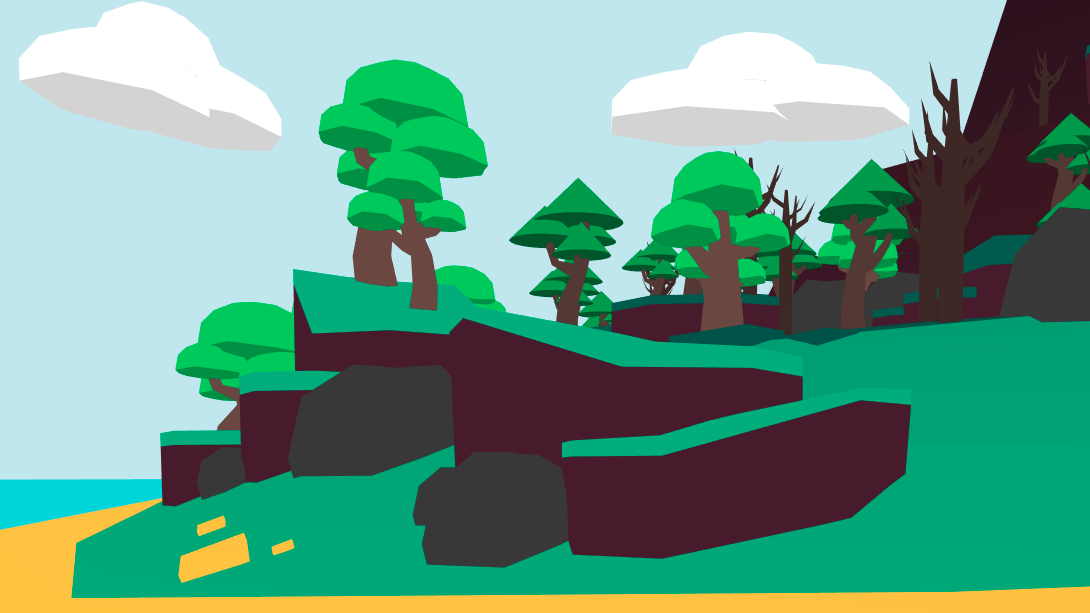

Slow Game Jam
A game jam to explore the concept of slow games. Over 40 developers attended the physical meetup, from celebrities to students, veterans to first-time jammers. Another 220 developers signed up online from around the world - Spain, Finland, Brazil, Japan, the US, and more.
Featured games form the slow game jam
What is the slow movement?
Slow television, or slow TV (Norwegian: Sakte-TV "sock-ti"), is a term used for a genre of live "marathon" television coverage of an ordinary event in its complete length.
It originated with Andy Warhol's 1963 film Sleep, which showed poet friend John Giorno sleeping for 5 hours 20 minutes. This has been broadcasted on different national TV stations a few times in Britain, Germany and Norway.
In 2009 the Norwegian Broadcasting Company NRK saw an interesting opportunity and went on to record and broadcast a 7 hour train journey from the drivers point of view. The train was on the Bergen line and was broadcast on 27th November 2009. Shortly after this they broadcasted the MS Nordnorge's point of view on it's 134 hour voyage from Bergen to Kirkenes in June 2011.
What are slow games?
Slow games have a slow game loop. They often feature a lot of automation and very little interaction so the player never has the urge to have to play the game, but can step back and let the game run. It is about enjoying the passing of time without worrying about action. Interacting with a slow game then becomes more like that of going to a museum.
The concept was first explored by Oliver Van Acken as a counter movement against the instant gratification of modern games. Together with Daniel Gallagher they created a slow game based on a narrow boat. The boat moves so slowly it is almost imperceptible to the human eye. Players can set a course to go towards and it would then take weeks or months to get there.
Other developers have also been inspired by the slow movement including Jake Elliot who looked at slow tv when making Kentucky Route Zero and Ishac Bertran who created physical video games with a very low frequency of interaction,
How the game jam came to be.
Rosa Carbo-Mascarell started organising the slow game jam after talking about slow games with Daniel Gallagher during an indie developer's meetup. The aims of the game jam were:
- to provide time and space to explore the concept of slow games
- form and strengthen the community of developers in and around London
- subvert the crunch culture of the industry by creating a new form of game jam.
The jam was a massive success with many compliments from everyone who attended:
#slowgame best jam
— Fudge Judge Maz (@MazHem_) March 26, 2017
The #slowgame jam was great, the best time I had in a jam in London in a long time! Thx @moreelen for making it happen! ❤️🐜🤗
— Robin Baumgarten 〰️〰 (@Robin_B) March 26, 2017
We had lots of fun in #slowgame jam! ✨💪(@Salmikawolf and @newcomma_) pic.twitter.com/el3dyh9Vbp
— Alejandro Cámara (@soy_yuma) March 26, 2017
Great time at #slowgame jam some really cool games made by everyone, looking forward to playing them at the end of the week. Now for the pub
— Chris Jones (@beanz8919) March 26, 2017
On my way back to #slowgame jam, which has so far been my favourite game jam yet.
— Ben Wells ☠️ (@benja_wells) March 26, 2017
Shoutouts to the organisers for running this!
Today: started a nice game with @Robin_B, introduced friends to trofie al pesto, ate a very good gelato. ❤️ this jam! #slowgame
— ▵ Fede ☘ (@kurai) March 25, 2017
The Slow Game Jam has two parts: the physical game jam and the online game jam. The physical game jam ran at the LSBU on the 25th and 26th March, 2017, launching the start of the online game jam which ran from the 25th March to 9th April.
The physical game jam reached capacity a week before the event with about 40 jammers taking part on the Saturday and over 30 on the Sunday. Among those taking part was a team from UsTwo Games, Robin Baumgarten, George Buckenham, Shed-Works as well as MA students from Brunel University and the LSBU. A total of 9 games were showcased on the Sunday including a 1D ant simulator controlled via Twitter, a tamagochi that rewards you for not looking at your phone, a game about cartography and a game about knitting. For more images of the weekend check out our flickr album.
The online game jam is currently ongoing with over 140 jammers participating. You can check out and play all submissions to the Slow Game Jam on itch.io.
Press Coverage
Gray, K. (2017) Take Your Time with Some Slow Game Jam Experiences. Vice Waypoint. (link)
Kerr, C. (2017) Slow Game Jam aims to fuel creativity by canning crunch. Gamasutra. (link)
O'Connor, A. (2017) Ride buses forever in 4Ever Transit Authority. Rock Paper Shotgun. (link)
Warr, P. (2017) Chill and Chart lets you map a little island. Rock Paper Shotgun. (link)
Standke, S., Grundmann, M., Ratcliff, N. (2017) Slow Game Jam: Wonders between Dunes. Game Jam Curator. (link)
Priestman, C. (2017) Pond (Brendan Keogh). Warpdoor. (link)

































